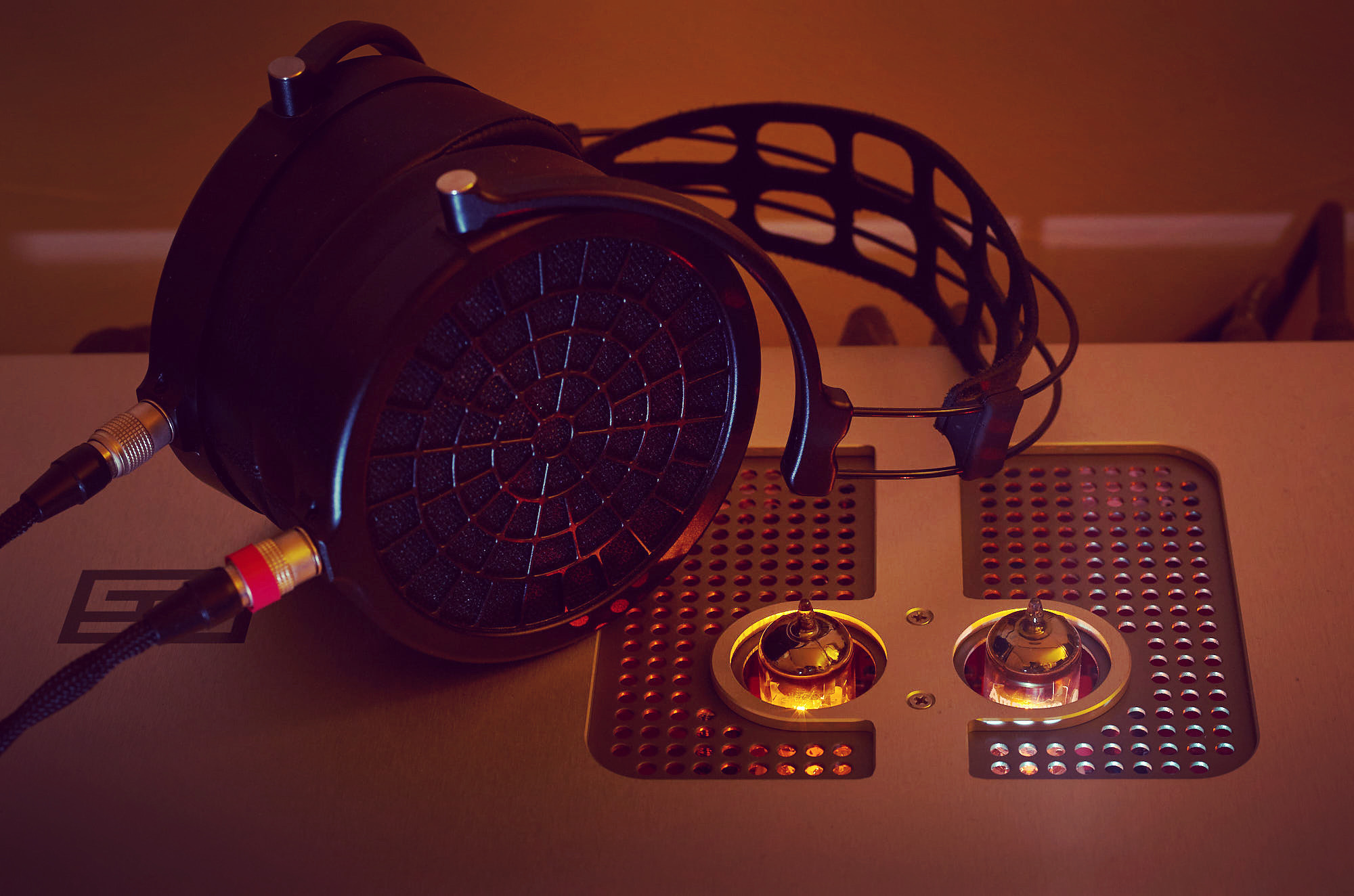Hey all, I posted about this a while ago. Yes, there may be some slight pops due to the preamp interacting with DC offset--but big pops are usually going to be due to upstream DC. Small clicks and pops won't hurt anything. Bigger stuff should be investigated.
With respect to hum, let's differentiate: it can be mechanical hum (from the transformer vibrating) or electrical hum (coming through the speakers.) If you're talking mechanical hum (from the chassis), yes, some small mechanical hum is normal. It should not be audible from the listening position. With respect to electrical hum, it can be a ground loop, or, noise from upstream components, or, noise from other components that create a magnetic field (stacking a preamp directly on top of a power amp, for example, may cause hum due to field from the large power amp transformer. Also, depending on the sensitivity of the speakers, there may be some slight hum if you put your ear to the speaker no matter what you do. There should be no audible hum at the listening position, however.
The offset measurements you've made are within spec and have nothing to do with hum. They will change from channel to channel depending on the input transistors, temperature, and aging (which, like all electronic devices, are variable).
All that said, if you're having trouble, please contact
info@schiit.com, or, if it's a recent order,
orders@schiit.com so they can help you. Please let's not make this a tech support area, unfortunately I don't have enough time to monitor and respond to it.























